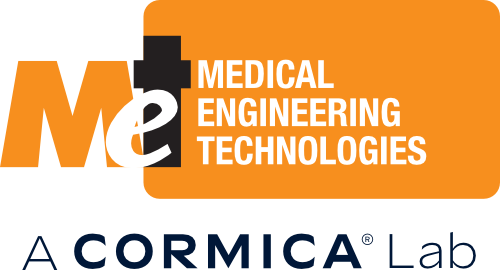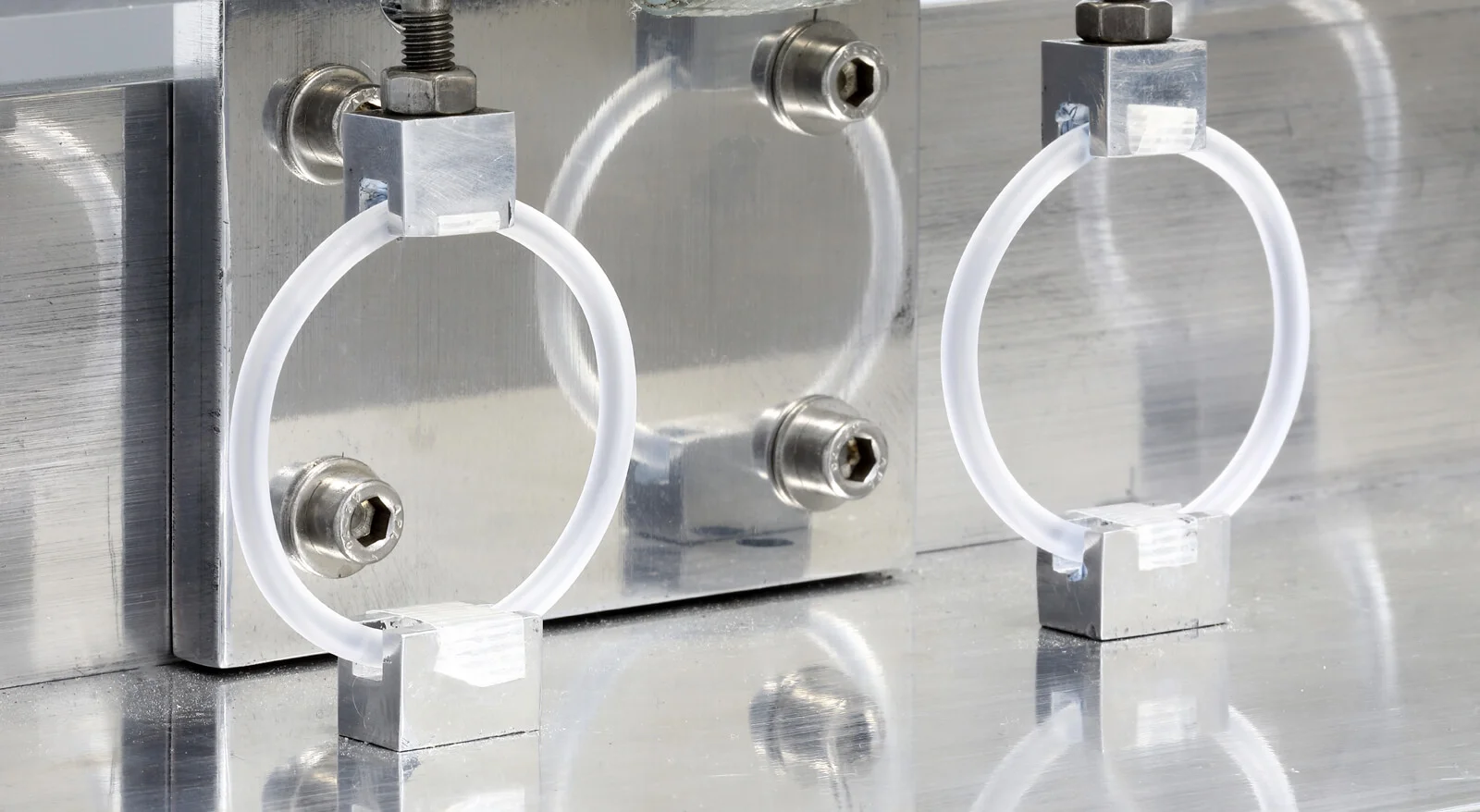CE marking and FDA registration of medical devices and IVDs requires design validation and design verification.
Design Validation: Determining that the finished device delivers its intended function correctly and safely.
Design Verification: Ensuring that the component parts of the device have been designed and specified to deliver their intended functions correctly and safely.
An example of how best practice may subtly differ between validation and verification is biocompatibility testing. The biocompatibility of the entire device, as it is presented to an end user, must be validated; this is usually affected by testing of the sterile market-ready device according to ISO 10993-1. However, it is very desirable that any exposed materials are individually biocompatible. This can normally be verified using the material manufacturer’s biological safety data (or materials characterisation to ISO 10993-18) as the product design progresses.
The American and European requirements are usually very similar. Assuming that your design and production is all correct under ISO 13485 certification, addressing the essential requirements will validate the design for CE marking. There may be specific FDA Guidance for your device which indicates areas in need of increased vigilance. In the majority of cases this will coincide with any ISO or ASTM standards which refer specifically to the device concerned. This is not always the case, however. Taking bone cement as an example, ISO 5833 is largely concerned with the liquid properties of the cement prior to setting and its static properties once set. The relevant FDA draft guidance, however, references a number of ASTM standards for assessing static and fatigue properties of the set material. There is also a greater emphasis on chemical analysis and its change with time in the FDA document. Risk analysis is always required throughout in order to highlight any other areas that might require safety validation. For more complicated devices, ISO 62366 gives advice on ease of use.
Laboratories such as Medical Engineering Technologies Ltd. can assist medical device developers to conduct their risk analyses, and to understand the product standards and Essential Requirements for their product. The laboratory can then draw up a validation and testing plan to include performance and safety testing, biocompatibility, chemical analyses, and shelf life stability.

